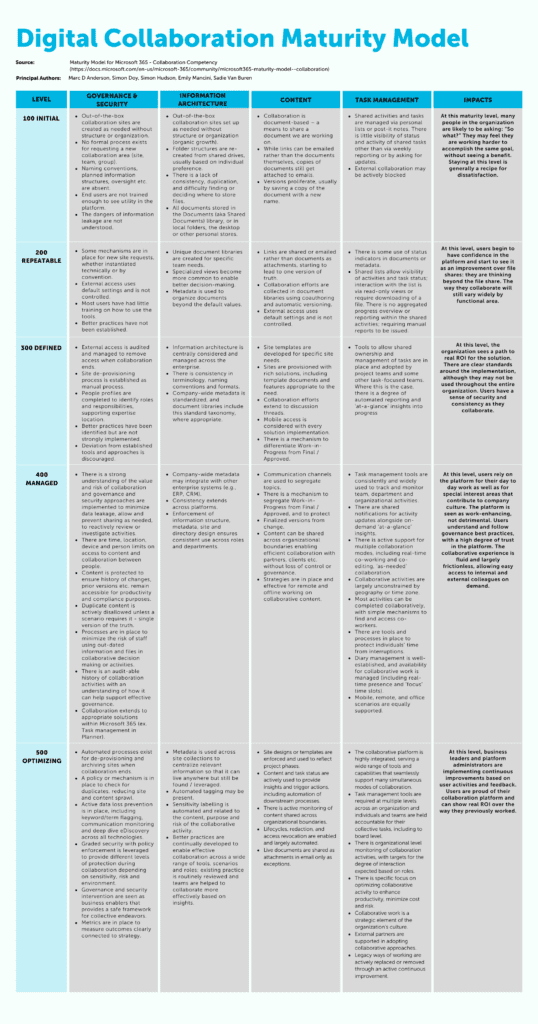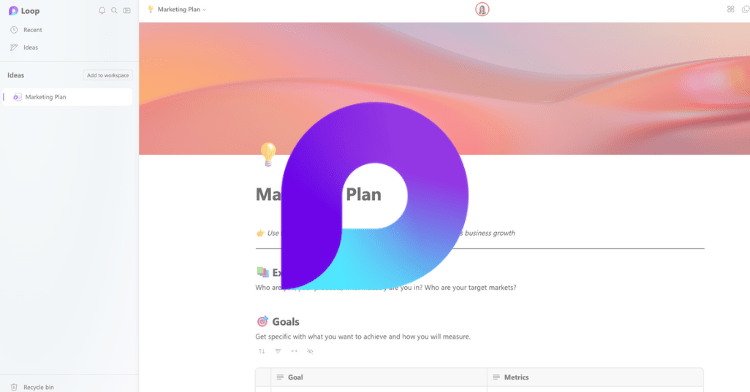
When COVID-19 swept the globe in 2020, workplaces across industries shuttered. Most reopened as quickly as possible online. As an expert in Microsoft Teams strategy and enablement, I witnessed this scramble firsthand. In emergency weekend calls and urgent design sessions, I talked many of our clients through the process of getting their workforce connected to a semblance of normalcy and productivity in a remote work reality—the scope of which no one had anticipated.
From Making-it-Work to Working (Really!) Well
Nearly a year into the new reality of remote work, I continue to talk with clients about optimizing their digital collaboration. Many clattered into Microsoft Teams at the start of the shutdowns and are now noticing their employees are exhausted by balancing remote work and realities of life during a pandemic. They are looking to define and apply best practices to their digital workplace and smooth the rough edges of their digital collaboration practices. They know they must move beyond the emergency-induced collaboration architecture created in 2020, because much of 2021 will be remote too. In short, they are looking for a roadmap to mature their digital collaboration environment and emerge from this period with a stronger and smarter collaboration culture.
This is where maturity models drive quick value. Maturity models:
- Provide a framework to define current state and envision future possibilities
- Provide a structure for evaluating effort required against the potential impact of greater maturity
- Move decision making from the gut (or the loudest voice) to more objective criteria
This model helps leadership teams reach consensus on a vision, define success metrics, and execute against a concrete plan. The collaboration maturity model brings quick clarity to the questions: “What does Teams success look like, and how will we know it when we get there?”
How to Mature Your Digital Collaboration
Usually, the most compelling reasons to adopt Teams for collaboration is a widespread and under-attended pain point: the mess associated with co-authoring files shared through email. The “before Teams” co-authoring workflow usually looks like this:
- Someone in the group sends an email attachment that represents a good first draft, asking for edits and sign off
- Each stakeholder saves an edited copy and sends it back to the thread with some sort of suffix, usually akin to “_Version2” or “_SAedits”
- There are now multiple versions of the original document, and those who are later in the edit cycle struggle to ascertain which document warrants their edits.
Everyone agrees this process is a mess. Email was a great replacement for the fax machine but is a terrible platform for co-authoring. Moving this process to Teams allows for a single source of truth where all stakeholders are able to view the latest version, while retaining the ability to dial back to previous versions.
And while moving this process to Teams is a great first step, there are additional tools that can make the process even better. One example of a good next step: establishing a consistent mechanism to differentiate Work-in-Progress from Final / Approved, and to protect Finalized versions from change. Check out the full maturity model infographic below for more ideas.
Finally, while the processes above require a bit of technical know-how, the bulk of the effort to mature organizational collaboration processes boils down to adoption and change management. This is where Quisitive shines as a partner for your digital transformation. We know Microsoft Teams inside and out. Beyond that, though, we’ve run Teams adoption planning and rollout across industries, and have nuanced best practice insights that can make the difference between landing at one level of the maturity model versus another.
If that sounds like something that can smooth the rough edges of your current digital collaboration reality, drop us a line and let’s talk about how we can support your move to greater collaboration maturity.
Interested in learning how Quisitive can help your organization improve digital collaboration? Explore our Digital Workplace solutions.

;)



